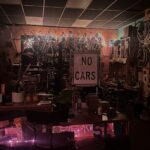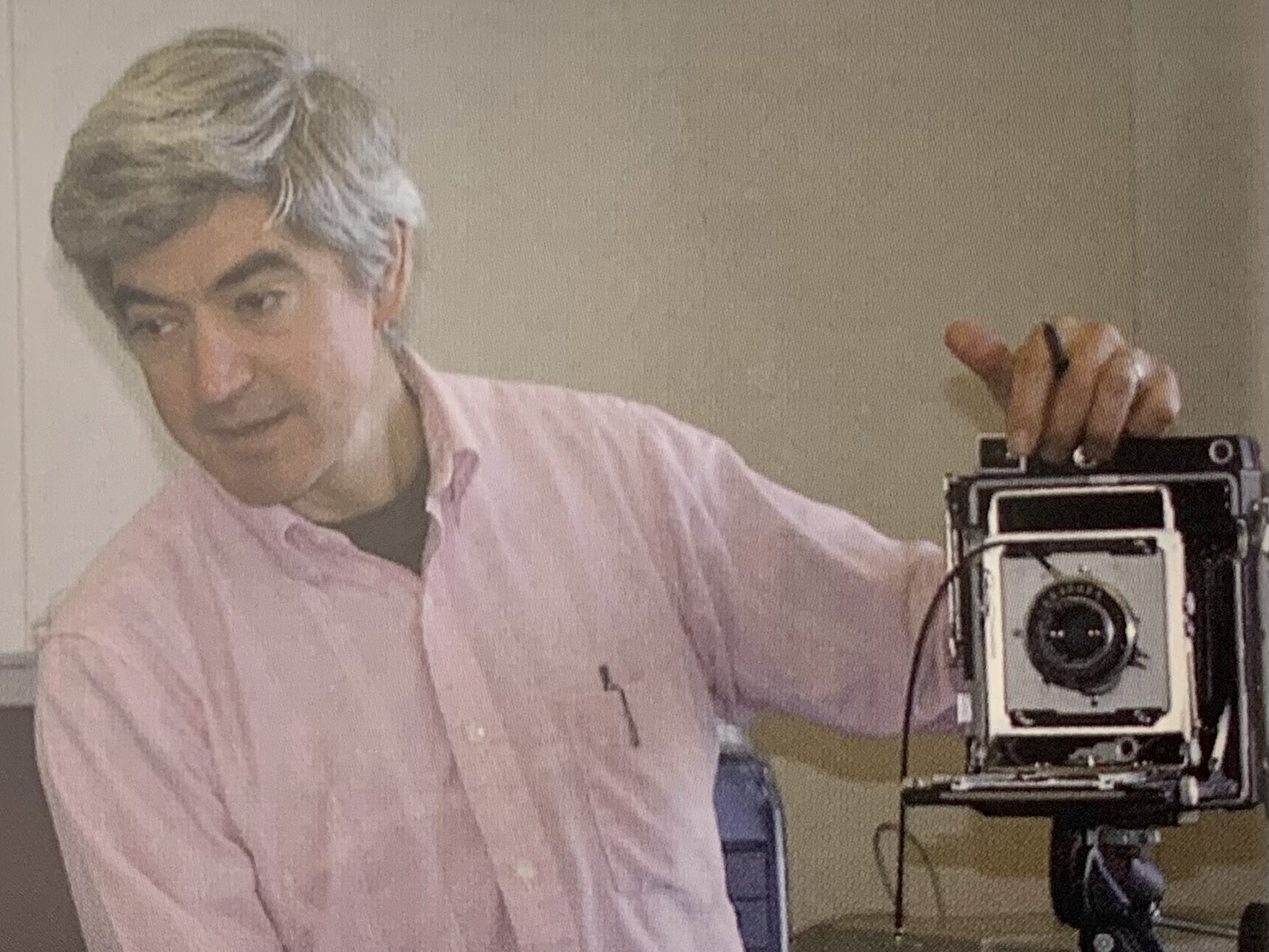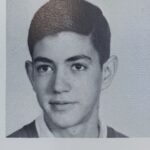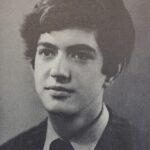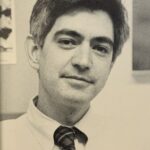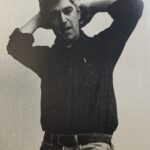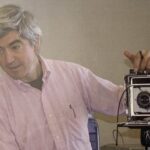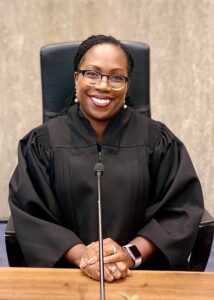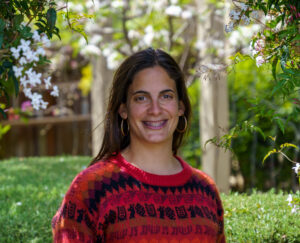One can often hear Robert Sanborn ’70 down the halls of Lick-Wilmerding High School before one sees him with a warm smile and inquisitive glimmer in his eye. But before he became the beloved teacher students know today, Sanborn’s journey started out in the halls (well, in the preceding iteration of the halls) we walk through today.
Sanborn’s passion for photography blossomed during the hours he spent combing through photo albums filled with his mother’s photos of the small mining town of Candle, Alaska. The photos she captured with her standard Kodak camera made Sanborn’s imagination run wild.
“This photo album was of another time and place that was not my time and place and involved a completely different way of living and existing. It was just fascinating,” he said.
For Sanborn, who received his first camera at the age of nine, photography has been a source of curiosity his entire life. Photos of sled dogs, mines and mining equipment fed his sense of wonder.
Sanborn connects a key part of his curiosity to one machine in particular — the dredge.
Dredges are, as Sanborn describes, “giant floating buildings” designed to extract and process material from water environments. The machine digs up natural materials from the water and sifts through them to mine for gold. Although the machine is disastrous to the environment, Sanborn marveled at its sheer size and mechanics. “As a child, this thing was gigantic, and there are photographs of it working. I can say without any reservation, my interest in photography was because of this,” he said.
As his love for photography developed, so did his interests in the trades and crafting. As a teenager, Sanborn became interested in LWHS due to its extensive trade school background.
Raised in a Catholic household, the expectation was that Sanborn would attend Saint Ignatius. However, growing up in the Excelsior neighborhood, Sanborn frequently passed by the windows of LWHS, stopping to peer in and observe the complex architectural models on display. It was this pull toward creativity and opportunity that drew Sanborn to the LWHS community.
“I just thought it was the best place possible,” Sanborn reflected. “Lick opened up not just educational possibilities, but a philosophical outlook of the world in a very different way than I had been experiencing before. And that truly was amazing.”
Eventually, after a rigorous entrance exam, Sanborn turned his transcript in and was accepted into the LWHS class of 1970. While many of the physical aspects of the school have changed, the unique spirit of the school that Sanborn fell in love with remains strong. “I think the school was more isolated in my day, in terms of being quite oddball in its ways, but that was also the intrigue of it,” Sanborn said.
Sanborn also discussed what his time as a student at LWHS was like during a period of “national upheaval.” The Vietnam War, which was the catalyst for an immense national debate and a series of civil rights movements, began and peaked during Sanborn’s time in high school. “It was an intensely political time and an intensely unsettled time. And as a student, I felt it was a period of immense insecurity,” he said.
Sanborn attended the University of California Berkeley, where he earned a degree in humanities. Over the course of his high school and college years, Sanborn became incredibly active in the environmental protection movements of the time.
After graduating from Berkeley in 1974, Sanborn worked professionally for a commercial photography company in downtown San Francisco. This job later allowed him to work with the Forest Service where he experimented with photography in both natural and commercial environments.
After growing up in the city, Sanborn was always eager to explore more natural environments, finding adventure in backpacking trips and landscape photography, or as he calls it, “rock and tree photography.”
Sanborn was an active member of the Sierra Club, an organization that was and is heavily involved in environmental conservation. Through this club, he was not only able to cultivate his love for nature, but also rekindle his love of mountainscape photography.
However, mountainscapes and trees aren’t the only photography experience Sanborn has. “My neighbor, John Marino, who was a people photographer, told me, ‘Sanborn, you’re just a rock and tree photographer! They don’t move, it’s easy to do. You should be photographing people.’”
And photograph people he did.
In 1988, Sanborn returned to the LWHS community as the school’s photography teacher. He also became one of the LWHS community’s prime photographers. In his earlier teaching years, Sanborn took photos of everything between sporting events, student retreats, alumni events, and board of trustee meetings. “The broadening of my photographic education really came by coming back to Lick and getting thrown into this documentation of all of the school activities. So I kind of overnight became a people photographer,” he said.
After 34 years of dedication to LWHS, Sanborn has without a doubt become one of the most influential teachers at the school. Whether you meet him while in your freshman CMA class or while walking down the hallway, you will be greeted by a vivacious good morning. Daily interactions with Sanborn are always lovely and fueled by his positive curiosity about the world around him.
When asked to reflect on his time in the community, Sanborn simply responded, “I can honestly say that Lick changed my life. I can’t imagine teaching anywhere else.”
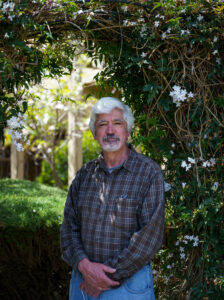
photo by Odin Marin


